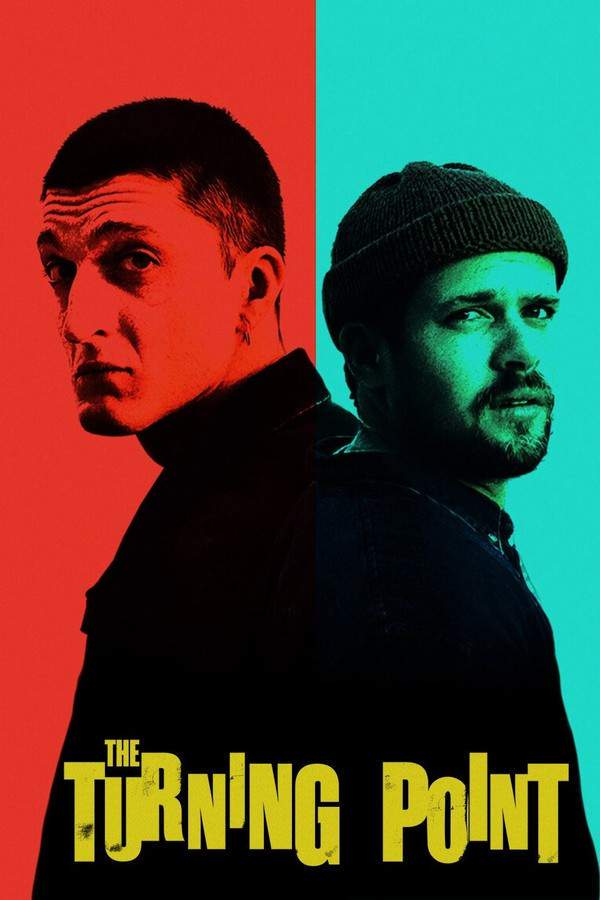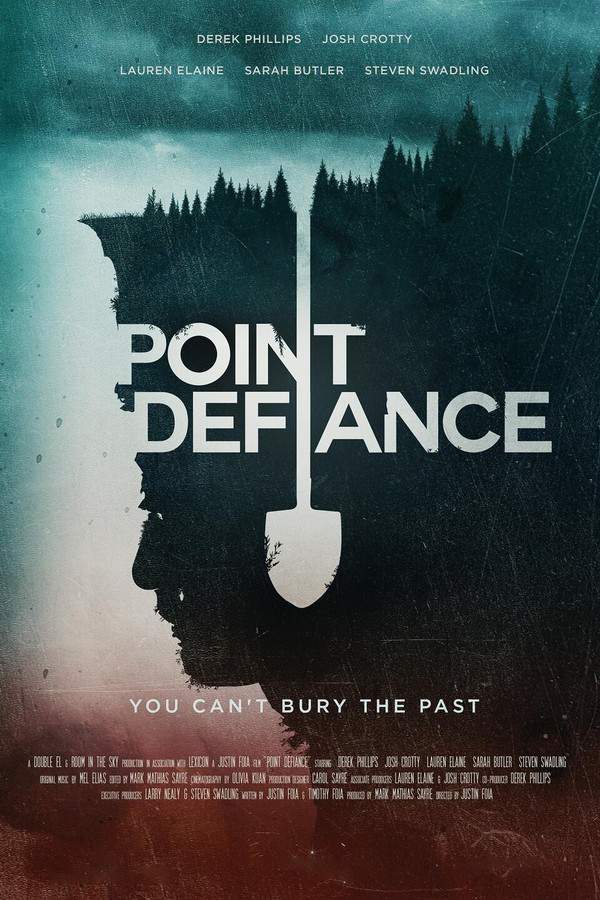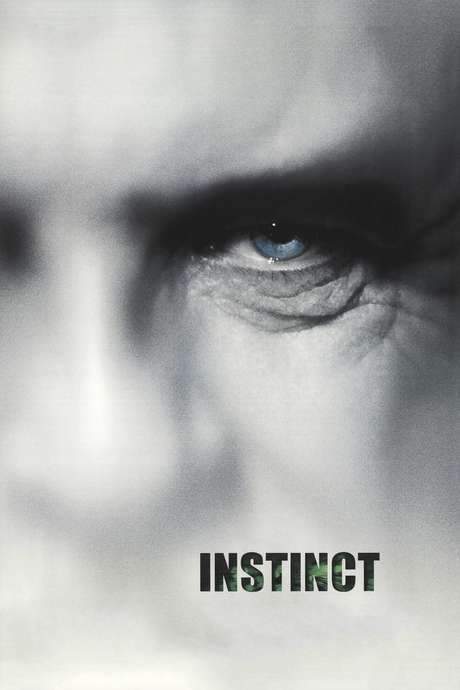
Pressure Point
Year: 1962
Runtime: 89 mins
Language: English
Director: Hubert Cornfield
A volatile clash erupts between two men who have turned against the world and each other. An African‑American prison psychiatrist is forced to confront his own limits when he is assigned to counsel a troubled inmate whose bigoted, Nazi‑inspired beliefs threaten to break the fragile order of the facility.
Warning: spoilers below!
Haven’t seen Pressure Point yet? This summary contains major spoilers. Bookmark the page, watch the movie, and come back for the full breakdown. If you're ready, scroll on and relive the story!
Timeline – Pressure Point (1962)
Trace every key event in Pressure Point (1962) with our detailed, chronological timeline. Perfect for unpacking nonlinear stories, spotting hidden connections, and understanding how each scene builds toward the film’s climax. Whether you're revisiting or decoding for the first time, this timeline gives you the full picture.
Last Updated: October 09, 2025 at 09:21
Unlock the Full Story of Pressure Point
Don't stop at just watching — explore Pressure Point in full detail. From the complete plot summary and scene-by-scene timeline to character breakdowns, thematic analysis, and a deep dive into the ending — every page helps you truly understand what Pressure Point is all about. Plus, discover what's next after the movie.
Pressure Point Summary
Read a complete plot summary of Pressure Point, including all key story points, character arcs, and turning points. This in-depth recap is ideal for understanding the narrative structure or reviewing what happened in the movie.

Similar Movies to Pressure Point
Discover movies like Pressure Point that share similar genres, themes, and storytelling elements. Whether you’re drawn to the atmosphere, character arcs, or plot structure, these curated recommendations will help you explore more films you’ll love.
Explore More About Movie Pressure Point
Pressure Point (1962) Plot Summary & Movie Recap
Pressure Point (1962) Scene-by-Scene Movie Timeline
Pressure Point (1962) Spoiler-Free Summary & Key Flow
Movies Like Pressure Point – Similar Titles You’ll Enjoy
The Turning Point (2022) Film Overview & Timeline
Heartbeat Detector (2008) Movie Recap & Themes
Point Defiance (2020) Complete Plot Breakdown
Pressure Point (2001) Film Overview & Timeline
The Turning Point (1983) Story Summary & Characters
The Plot Against America (1000) Movie Recap & Themes
The Mortal Storm (1940) Spoiler-Packed Plot Recap
The Damned (1969) Complete Plot Breakdown
High Wall (1947) Story Summary & Characters
Instinct (1999) Movie Recap & Themes
Address Unknown (1944) Story Summary & Characters
Confessions of a Nazi Spy (1939) Detailed Story Recap
Pressure Point (1000) Detailed Story Recap
Pressure Point (1997) Ending Explained & Film Insights
No Way Out (1950) Full Movie Breakdown

















